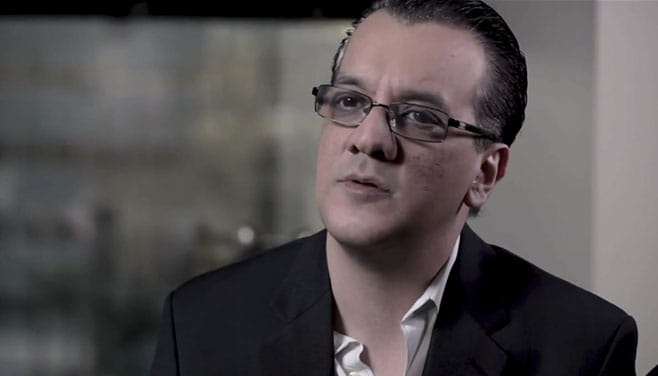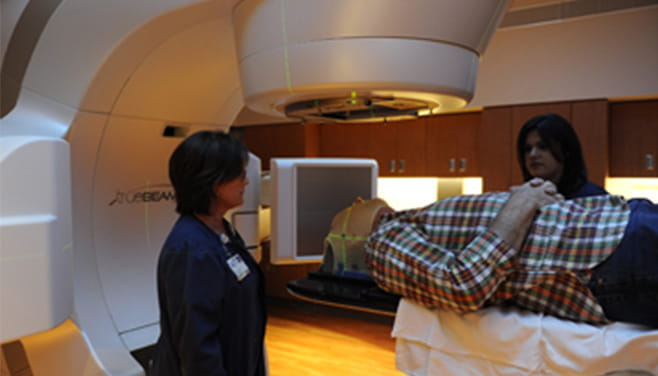Primary CNS Lymphoma
U.S. PATIENTS:713.441.3800
INTERNATIONAL PATIENTS:+1.713.441.2340
Find a Primary CNS Lymphoma Specialist Near You
Houston Methodist’s primary CNS lymphoma specialists provide the highest level of expertise in diagnosis and care, combining diverse technical skills in a compassionate, caring atmosphere.
Neurologists at the Kenneth R. Peak Center for Brain and Pituitary Tumor Treatment and Research tailor treatment plans to ensure the best possible outcomes for PCNSL tumors deep within the brain. Advanced, non-surgical treatment options — many of which are researched and developed at Houston Methodist — can offer effective treatment and a higher quality of life, with fewer long-term side effects.
Diagnosis and Treatment of Primary CNS lymphoma
What are the signs and symptoms of PCNSL?
PCNSL arises from cells in the lymphatic system and develops in the brain or spinal cord. When it is diagnosed in one area of the central nervous system, it may be present elsewhere. Blood tests, bone scans, X-rays and/or PET-CT scans may be used to determine if it has spread.
Symptoms are often indistinct and may include:
- Confusion
- Double vision
- Headaches
- Hearing loss
- Nausea and vomiting
- Seizures
- Weakness in arms or legs
PCNSL has become more common, accounting for 2-3% of all primary brain tumors. People with weakened immune systems are at increased risk for PCNSL.
How is a PCNSL diagnosed?
Common types of examinations used include:
- Contrast-enhanced MRI
- Eye exam with dilated pupil to check the retina and optic nerve for tumors
- Neurological exam to evaluate the central nervous system
- Physical exam to check lymph nodes for swelling
- PET-CT scan to look for tumors throughout the body
Your doctor may also conduct blood tests. In addition, surgery to remove a piece of tumor tissue for analysis (biopsy) can help diagnose PCNSL.
What treatments are available?
Your Houston Methodist team will create a unique treatment plan tailored to your needs. Clinical trials provide additional access to advanced therapies, when eligible.
Common types of treatments include:
- Brachytherapy – An internal radiation therapy in which small “seeds” holding radioactive material are implanted in the brain to deliver radiation for a set amount of time.
- Chemotherapy – Targeted therapy treatment that uses drugs to attack certain parts of the cell and the signals needed for the cancer to develop and keep growing.
- Medication – Steroids are often used first to control brain swelling. Sometimes tumors are no longer visible on brain scans after steroid treatment, although they are still present and require additional treatment. High doses of the drug methotrexate are also commonly used.
- Stereotactic radiosurgery (SRS) – Delivers focused radiation only to the tumor to limit spread and shrink and prevent tumor growth.
- Stereotactic radiation therapy – The radiation dose may be lowered and delivered over several days or weeks, allowing healthy cells surrounding it to recover between treatments.
Learn More About Primary CNS Lymphoma
Innovations in Radiosurgery and Radiation Therapy
It uses focused beams of radiation — directed to the precise shape and location of the tumor — to shrink and eliminate the cancer while safely passing through healthy brain tissue. Patients formerly thought to be terminal with inoperable tumors can now be safely and effectively treated. Having this technique available often converts a situation with limited life expectancy to one of long-term survival.



